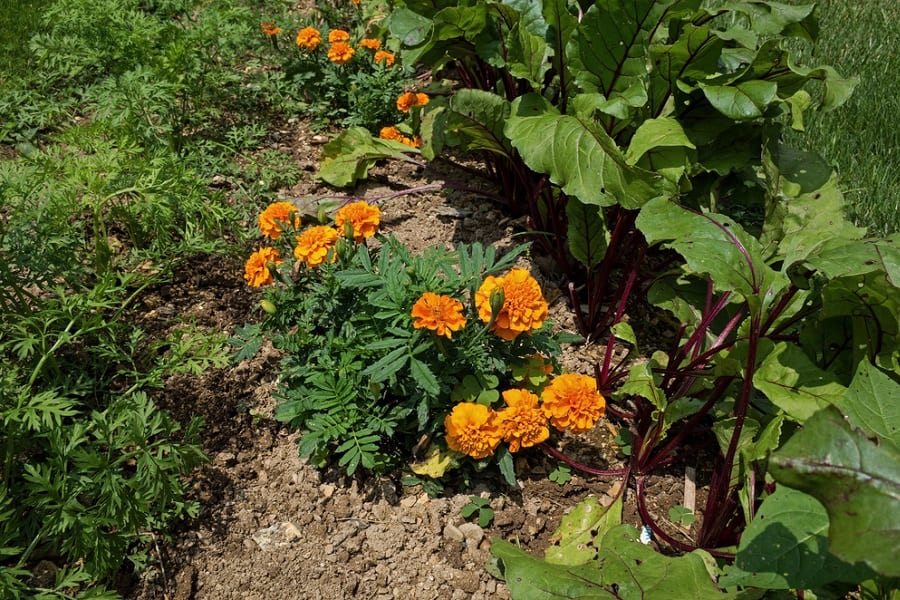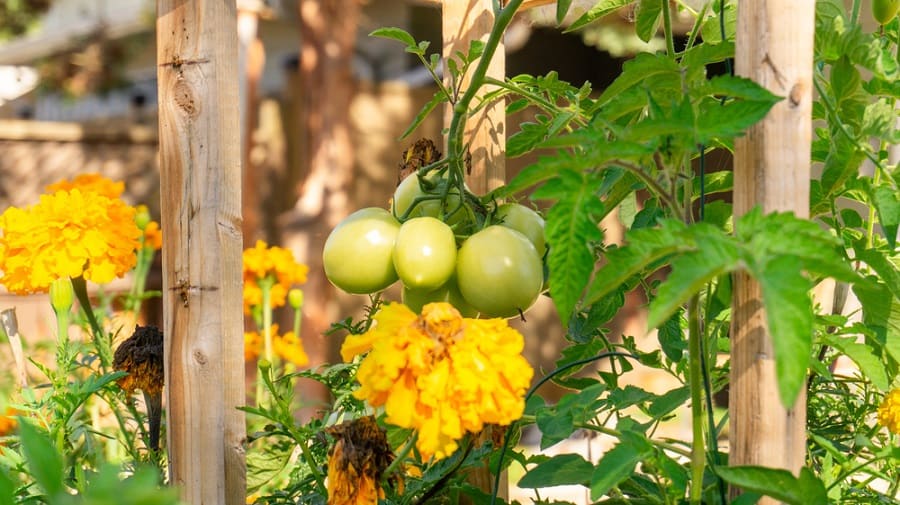4 Beginner Tips For Successful Companion Planting
Taking on gardening means knowing how to make plants grow and thrive. For one, it involves the concept of companion planting, which is placing plants in positions that allow them to benefit from each other. Some vegetables grow alongside flowers. But, some species of berries don’t take too well with other vegetables. And, there’s more to discover!
To start companion planting, here are tips to help you grow a successful garden:

1. Pair Specific Plants To Deter Pests
One of the primary benefits of companion planting is preventing the onslaught of various pests. It saves you from using chemical pesticides that are harmful to your health. Even those labeled as organic can be detrimental to pollinators, such as bees.
Various ways exist, but some gardeners would plant marigolds around the cucumbers and squash plants to keep cucumber beetles away. You can also plant globe basil instead to keep rabbits away.
Meanwhile, if you’re growing tomatoes, plant basil randomly around them. Mosquitoes and flies also hate the smell of basil. Also, the pungent smell of basil tends to keep away tomato hornworms.
Moreover, if you love squash, but hate that the borers get to them, add some radish plants in your squash beds to repel the pests.
That being said, it makes sense to avoid planting crops with the same type of pests and diseases. Some examples are corn and tomatoes, which can make both fall victim to corn earworms.
2. Plant Species To Protect And Support Growth
Some plants need literal support to grow because of their creeping natures. Take sweet peas, morning glory, and beans, for example. These tend to increase as vines do. So, instead of using sticks as pillars to support them, plant sunflowers along the mentioned plants to serve as a trellis where they can wrap around.
At the same time, when the weather gets too hot, some hardy plants can also experience withering. Rows of tomato plants can help shield parsley, basil, and spinach from the sun’s heat. Plant okra and melons together, which make for a perfect combination because okras grow tall, which forces the watermelon to spread and seek the sun. Make sure not to plant tall growing vertical plants to both sides to prevent shading the sun.
If one plant grows taller than the next, it’ll block the sun from getting to the other plant and may not yield any produce.

3. Companions That Attract Beneficial Insects
Not all insects are harmful to plants. With the proper methods, you can control them for the garden’s good. Companion planting should be welcomed in your garden, as it can include certain insects that feed on pests.
Ladybug larvae, lacewing larvae, and parasitoid wasps make food for aphids. The latter also feed on grubs and caterpillars. Ground beetles hunt on other insects that dwell on the ground surrounding your plants. Robber flies and hoverflies eat leafhoppers. Squash bugs and cucumber beetles prey on mantids. And, of course, the garden spiders are also some of the leading pest hunters that go for grasshoppers and moths.
You can also plant borage, verbena, and hyssop in random areas around your garden to attract butterflies and bees. Trumpet honeysuckles, catmint beebalm, and more are hummingbird favorites.
4. Plant Traditional Companion Plants
Native Americans were some of the first to discover the practice of planting beans, corn, and squash together in the 1600s. These plants are referred to as the Three Sisters. They thrive through a symbiotic relationship that provides benefits for each other’s growth.
The corn serves as the pillar for the beans. The squash prevents the growth of weeds and shades the ground. And, the beans add nitrogen to the soil.
You can plant them in mounds of earth measuring four feet wide and a foot tall. Add organic fertilizers, such as fish emulsion. Measure an area at two feet and plant six kernels of corn next. Ensure to allow some space. around ten inches, and bury one by one an inch deep. Wait until the corn is one foot high. At the surrounding of each stalk, plant four pole varieties of beans.
Wait another week before planting six squash seeds surrounding the mound area. Be sure you have a specific location in the garden for the Three Sisters because the squash will cover a lot of space.
In Conclusion
Companion planting may seem daunting because of the multiple purposes of each plant. But, you can first experiment with a few plants until you’re confident that you can expand to other types of crops, flowers, and herbs. Try different growing types to see what works for you and your space. It’d take hard work and patience to produce the yields you want, but companion planting makes things possible in the garden.
Brock has over 10 years of gardening experience. He loves spending time with his 2 kids, teaching them how to help and play in the garden any chance he can.
